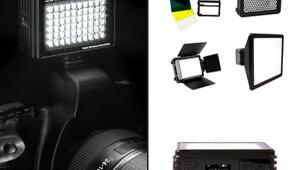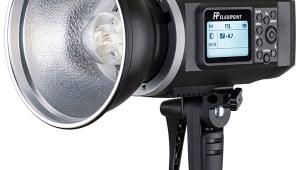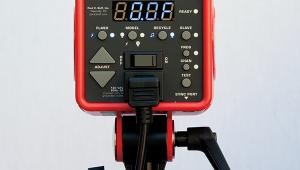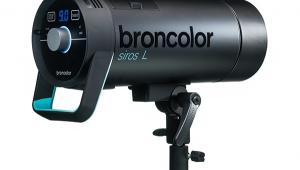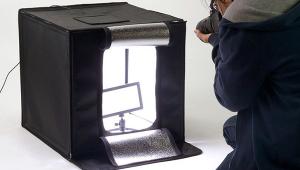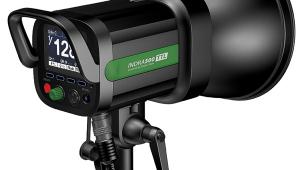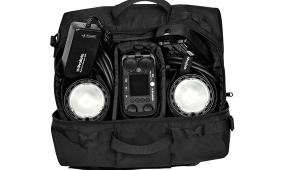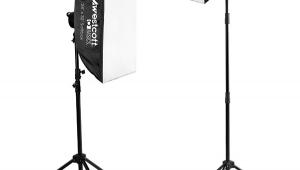The Rogue FlashBender XL Pro: A Versatile Light Modification Kit
Whether you are new to Off-Camera Flash (OCF) or not, you might want to check out one of the most versatile systems on the market for OCF, Rogue FlashBenders, manufactured by ExpoImaging. The Rogue system is based on a pliable flat panel reflector that you bend as needed to modify your light when used in conjunction with speedlights. It is versatile, stores flat in your camera bag, and has a diffusion panel that installs over the modifier to turn it into a portable softbox.

Flashbender Options
While the small and medium sized FlashBender systems are more suited to on-camera use, the latest addition to the line, the XL Pro ($99.95 as tested), is aimed at those using off-camera flash mounted on a good, sturdy light stand. I found its size and weight can prove to be a bit unwieldy when used with an on-camera flash. (It’s nearly three times the size of the original small FlashBender and twice the size of the popular large FlashBender.) To handle the extra size of the XL Pro, simply assemble the unit on your flash facing backward. This will allow you to see all of your speedlight controls and the weight of the FlashBender will not cause the flash head to tip forward. The new unit is not only larger in size—it is now offered in a complete kit form with numerous accessories and modifying options.
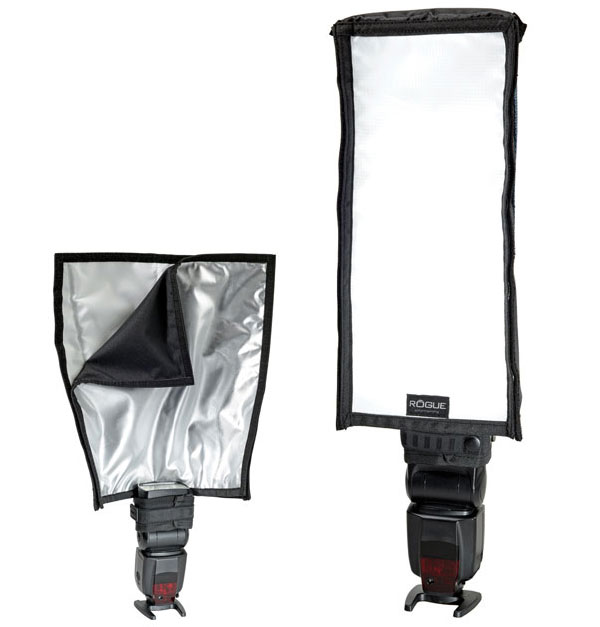

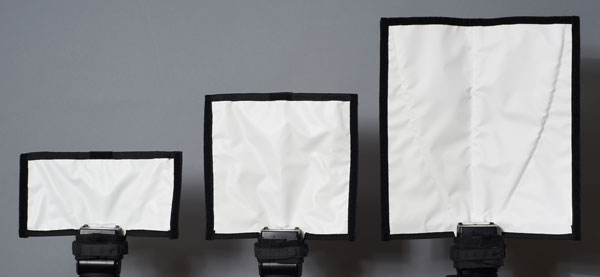
The Kit
The Rogue XL Pro Lighting Kit includes a silver/black insert panel, a diffusion panel for the full-size softbox, and a new strip softbox attachment, which I think many photographers will find useful and appealing. Utilizing a narrow strip of diffusion panel and a triangular-shaped top, the strip attachment allows you greater control over where your light can be placed.
There’s no question that the larger size of the Rogue XL Pro allows greater control and flexibility while shooting. By simply bending it forward or bending one of the corners to one side, you have control of the light hitting the foreground and background. The simplicity of the system lends itself to ready usage and quality lighting.

All Photos © Robert Harrington
Output & Light Quality
The light emitted from a “bare” FlashBender with no bending or accessories is equal to that of a more expensive soft light reflector, or what is commonly known as a beauty dish. The light quality is hard and soft at the same time and has that unique quality of shadow associated with larger modifiers.
The new panel insert in the kit allows for two unique lighting solutions. The silver/black panel attaches with Velcro to the edges of the FlashBender and allows you to add or subtract contrast and exposure. Testing exposure patterns utilizing the three panels—stock white, black, and silver—I came up with a range of effective output. With the white side, which is my base exposure taken with my Sekonic L-358 meter at about 4 feet away, I set my mounted Nikon SB-800 speedlight to Manual mode at 1/2 power and achieved an exposure reading of 1/125 sec at f/8 at ISO 200. I added the silver panel and came up with a reading of 1/125 sec at f/10, only a 2/3 of a stop increase in exposure.



The key to the silver-sided panel, though, is the increase in contrast from the reflective nature of the silvering. When I swapped the panel and tried the black side with the same speedlight settings, I came up with an exposure of 1/125 sec at f/3.6. I don’t know when I’d need this much light loss in a setup since speedlights can be set to decreased output anyway, but it is nice to know I have this added tool in my lighting kit.
The full-size diffusion panel turns the new XL Pro into that beautifully large light source we are all looking for in a portable lighting solution. The large panel allows the light to be softened but also to have a nice spread so that it can be used as an effective key light with good exposure values and a nice wrap around our subjects. The large panel also is an effective backlight and edge or separation light.
Even though it does throw light all over the place, you do have effective control over where you can place the light by feathering (bending) it from one side to the other. Dramatic effects can be achieved simply, creatively, and easily. The central hot spot, common to most light modifiers, is controlled by the addition of a small extra diffusion square attached right where the speedlight emits its blast of light.


Strip Panel Creativity
For me, the main reason to get this modifier is the addition of the new strip panel. The engineers at Rogue have devised this solution to light control by slimming down the overall profile of the softbox attachment with a slender piece of diffusion panel about 6 1/2” wide and a triangular top piece that all fits together with a bit of Velcro. The strip box allows much more control over light placement, yet can still be used effectively as a key light with little light spillage to either side of your subject. Edge lighting, backlighting with a gradient, and head-and-shoulders lighting can now all be achieved with this simple attachment. Feathering the light produces some of the most dramatic light I’ve seen out of a small flash modifier.
Simply stated, the new Rogue XL Pro is a worthwhile investment for any off-camera flash user. Its size and versatility as a modifier with several uses will endear this piece of gear to you and you’ll find yourself heading to it first when out shooting. The strip panel alone is worth the price.
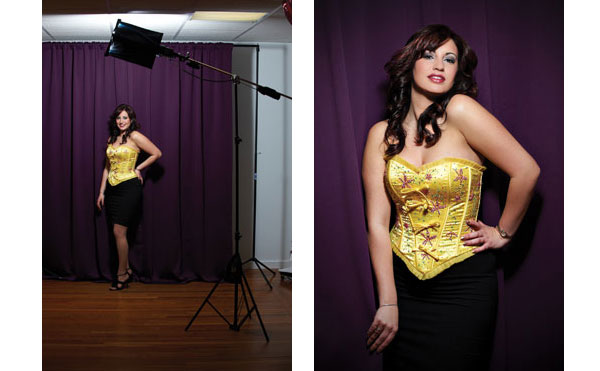
For more information, contact ExpoImaging at www.expoimaging.com.


